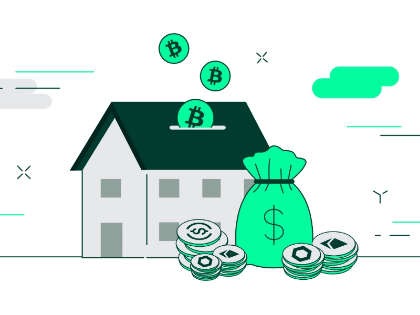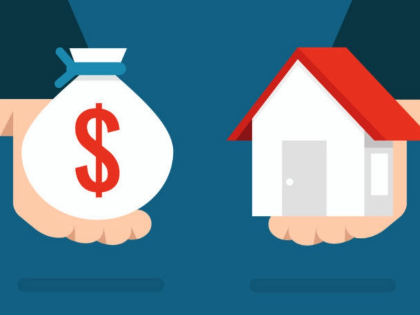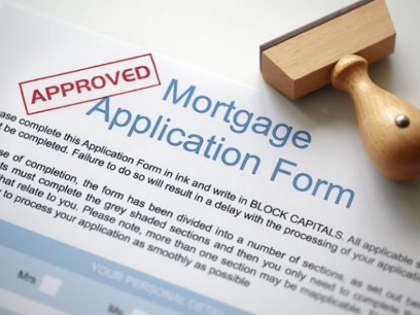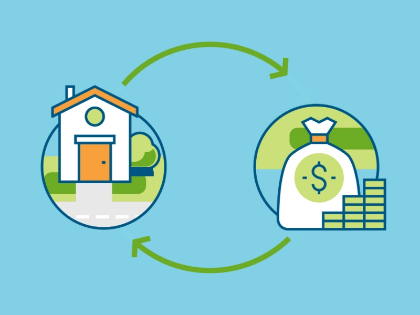The Entire Refinancing Process: From Application to Finalization
When you refinance, you get a new mortgage in place of your existing one. Underwriting and document submission are steps in this procedure. Refinancing is usually a considerably faster procedure than buying a property, even though it requires many of the same documents. Your promptness in responding to your lender's requests is the primary determinant of the timetable.
1. Ascertain your requirements.
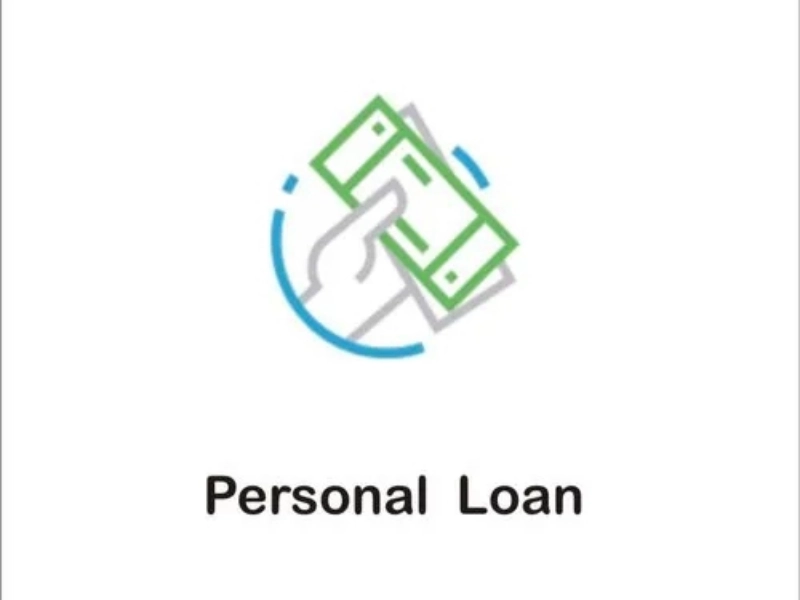 Refinancing is the process of taking out a new mortgage loan, usually with better terms, to replace an old one. Refinancing is frequently done by borrowers to lower their interest rate, alter their payment plan, or take out a cash loan against the equity in their house. Consolidating debt, switching from a variable to a fixed interest rate, and utilizing specialist lending programs are other steps in the process.
It helps to consider your goals in terms of money while assessing your needs. You can assess whether the advantages exceed the disadvantages by doing this.
Next, compile supporting documentation for your program. These may consist of asset statements, pay stubs, tax reports, and a property appraisal. In order to complete your application and verify information, a loan processor will examine your credit, money, and job. After that, an underwriter will assess your debts, assets, and credit before approving or rejecting your loan.
Refinancing is the process of taking out a new mortgage loan, usually with better terms, to replace an old one. Refinancing is frequently done by borrowers to lower their interest rate, alter their payment plan, or take out a cash loan against the equity in their house. Consolidating debt, switching from a variable to a fixed interest rate, and utilizing specialist lending programs are other steps in the process.
It helps to consider your goals in terms of money while assessing your needs. You can assess whether the advantages exceed the disadvantages by doing this.
Next, compile supporting documentation for your program. These may consist of asset statements, pay stubs, tax reports, and a property appraisal. In order to complete your application and verify information, a loan processor will examine your credit, money, and job. After that, an underwriter will assess your debts, assets, and credit before approving or rejecting your loan.
2. Compile records
 After you've made your goals more specific, you may start the refinancing process. The majority of the paperwork you'll need is the same as what you submitted when you first applied for your mortgage: bank statements for proof of assets, W-2s and tax returns for income verification, debt documentation like credit card statements and home equity loans, and property appraisals.
In the event that you do not arrange your paperwork beforehand, this process may take a long time. In order to expedite the procedure, ensure that the following documentation is available:
After you've made your goals more specific, you may start the refinancing process. The majority of the paperwork you'll need is the same as what you submitted when you first applied for your mortgage: bank statements for proof of assets, W-2s and tax returns for income verification, debt documentation like credit card statements and home equity loans, and property appraisals.
In the event that you do not arrange your paperwork beforehand, this process may take a long time. In order to expedite the procedure, ensure that the following documentation is available:
3. Utilize
 It's time to finish and submit your mortgage application after you've been prequalified or after you've located the house you wish to purchase. This entails providing your lender with permission to obtain a copy of your credit report and responding to a series of questions regarding your income, assets, and debt. In addition, lenders will need to schedule any further state-mandated inspections, order a property appraisal, and confirm the information you submitted on your application. It's crucial to refrain from making any changes during this time that can affect your mortgage approval. This covers getting new credit cards, switching employment, and making significant purchases. Your loan officer will make sure you have all the required paperwork and will walk you through the process.
Obtain customized prices. It only takes a few questions to find your lender matches.
It's time to finish and submit your mortgage application after you've been prequalified or after you've located the house you wish to purchase. This entails providing your lender with permission to obtain a copy of your credit report and responding to a series of questions regarding your income, assets, and debt. In addition, lenders will need to schedule any further state-mandated inspections, order a property appraisal, and confirm the information you submitted on your application. It's crucial to refrain from making any changes during this time that can affect your mortgage approval. This covers getting new credit cards, switching employment, and making significant purchases. Your loan officer will make sure you have all the required paperwork and will walk you through the process.
Obtain customized prices. It only takes a few questions to find your lender matches.
4. Assume
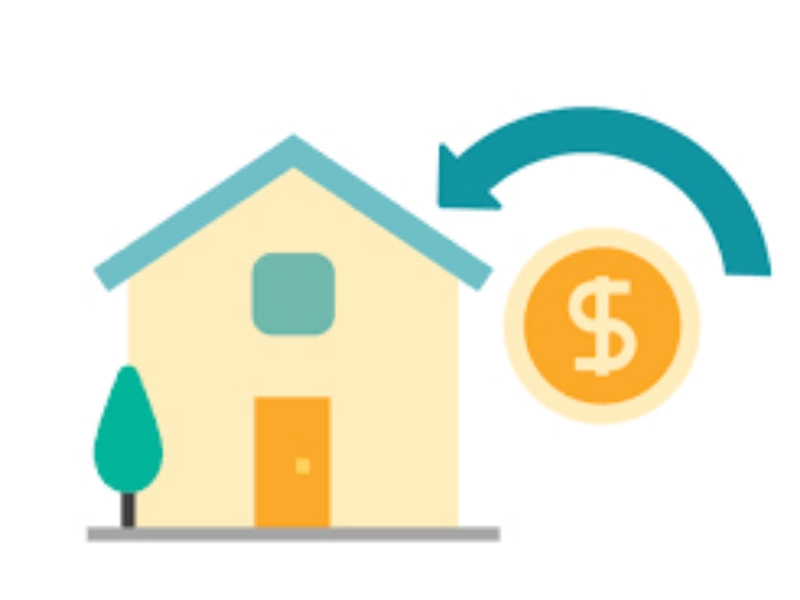 Underwriting is a tool used by lenders to evaluate the risk of making loans or offering insurance. To assess the risk of applicants missing loan or insurance premium payments, they examine applicants' credit, income, and work status.
When determining whether to approve a loan application for a mortgage, underwriters thoroughly examine the applicant's assets, debt, and credit history. In order to make sure the house being financed is worth at least as much as the requested loan amount, they also perform a property appraisal.
The borrower's savings, checking, IRA, and 401(k) accounts, tax returns, pay stubs, and other documentation will be examined by the underwriter to confirm that they can afford the terms of their new loan, including the closing fees. A larger down payment could lessen the requirement for private mortgage insurance (PMI), which raises the cost of a loan overall.
Underwriting is a tool used by lenders to evaluate the risk of making loans or offering insurance. To assess the risk of applicants missing loan or insurance premium payments, they examine applicants' credit, income, and work status.
When determining whether to approve a loan application for a mortgage, underwriters thoroughly examine the applicant's assets, debt, and credit history. In order to make sure the house being financed is worth at least as much as the requested loan amount, they also perform a property appraisal.
The borrower's savings, checking, IRA, and 401(k) accounts, tax returns, pay stubs, and other documentation will be examined by the underwriter to confirm that they can afford the terms of their new loan, including the closing fees. A larger down payment could lessen the requirement for private mortgage insurance (PMI), which raises the cost of a loan overall.
5. Finish
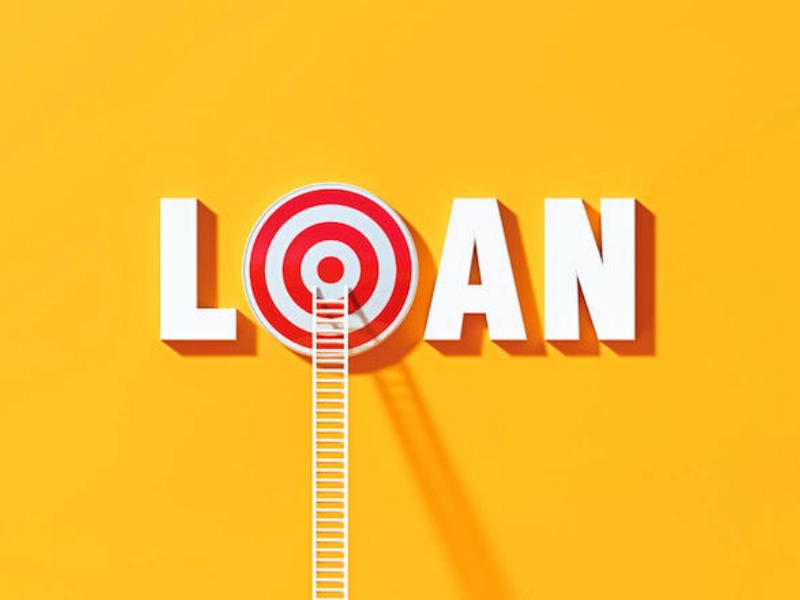 Refinancing is the process of getting a new mortgage loan in place of your previous one. The objective is to obtain a financial advantage, such as a reduction in interest rates, an extension of the loan term, the removal of PMI, or the ability to access cash from your home equity. An underwriting review and a new appraisal are usually part of the procedure.
It's critical to share your objectives with the lender and any other refinancing stakeholders so that everyone can cooperate to achieve a smooth completion. In the closing process, you can transform prospects into partners rather than opponents by employing strategies like the "sharp angle close."
It could be advantageous for you to refinance your mortgage in order to cut your spouse out of the loan if you're divorcing. Divorce is a riskier option than this.
Refinancing is the process of getting a new mortgage loan in place of your previous one. The objective is to obtain a financial advantage, such as a reduction in interest rates, an extension of the loan term, the removal of PMI, or the ability to access cash from your home equity. An underwriting review and a new appraisal are usually part of the procedure.
It's critical to share your objectives with the lender and any other refinancing stakeholders so that everyone can cooperate to achieve a smooth completion. In the closing process, you can transform prospects into partners rather than opponents by employing strategies like the "sharp angle close."
It could be advantageous for you to refinance your mortgage in order to cut your spouse out of the loan if you're divorcing. Divorce is a riskier option than this.


